Upholstery isn’t just about fabric — it’s about transforming everyday seating into something comfortable, stylish, and totally unique. Whether it’s a cozy couch in your living room or a tough bench in a busy lobby, good upholstery makes all the difference.
By combining quality fabrics with strong framing materials, upholstery brings both durability and flair to your furniture. It’s where function meets design, and that’s where the magic happens.
Knowing the basics of upholstery can go a long way. From picking the right foam to choosing the perfect thread, every detail matters.
Let’s step into the domain of upholstery and discover why it matters for interior design, seating, and more.
Understanding Upholstery — An Overview
Upholstery refers to the craft of covering furniture such as sofas, chairs, ottomans, and bar stools with padding, springs, webbing, foam, and fabric or leather. This is to create a comfortable, visually appealing, and functional seating.
Originating centuries ago, it has evolved to incorporate modern materials like synthetic fabrics and high-density foam, ensuring lasting performance.
Contemporary upholstery unites tradition and innovation, allowing designers to tailor pieces for various environments. This includes living room furniture, bedroom furniture, or even custom-built consoles.
By practicing upholstery techniques, artisans transform simple frames into luxurious, supportive, and uniquely styled upholstered pieces that complement any interior design vision.
Origin & Brief History of Upholstery
Upholstery dates back to the Middle Ages, when wealthy Europeans began adding padded seats and backs to wooden benches and chests for added comfort. Early craftsmen layered materials like horsehair, feathers, and natural fibers, securing them with primitive upholstery thread.
By the 17th century, upholstery had evolved into a recognized trade, with intricate fabric designs showcasing social status. Over time, innovations such as coil springs and synthetic upholstery foam emerged, enabling the mass production of comfortable seating. Today, the history of upholstery bridges crafted tradition and modern technology to meet diverse needs.
So, What’s Upholstery Really For?
The main purpose of upholstery is to enhance comfort, support, and aesthetic appeal across a variety of furniture types, including indoor furniture and outdoor furniture. By combining materials like durable fabric or leather with resilient padding, upholsterers create seating that adapts to body contours and withstands everyday use.
Upholstery also protects the underlying frame from wear and helps insulate against noise. Additionally, it contributes significantly to interior design by introducing color, texture, and style that coordinate with home decor themes.
Types of Upholstery
Upholstery techniques and materials vary widely to accommodate different applications and styles. Below are some common categories:

Traditional Upholstery
Traditional upholstery emphasizes handcrafted details. Artisans tie springs by hand, layer horsehair or natural fiber stuffing, and use cotton or linen fabric secured with decorative nailheads. This classic approach promises timeless durability for pieces like antique sofas and accent chairs.
Modern Upholstery
Modern or present-day upholstery leverages innovations such as high-density upholstery foam, synthetic fabrics, and streamlined webbing. This technique often relies on efficient production methods while still allowing design flexibility for today’s upholstery sectionals and couches.
Commercial Upholstery
Designed for high-traffic environments like restaurants, hotels, and offices, commercial upholstery uses heavy-duty fabrics and reinforced webbing. It also features durable finishes to resist stains and abrasion. Consoles, benches, and seating in communal areas benefit from materials engineered to look great under constant use.
Automobile Upholstery
Automotive upholstery specializes in materials and techniques suited for cars, trucks, and minivans. It incorporates durable vinyl or leather, weather-resistant threads, and mold-resistant foam to withstand temperature changes, UV rays, and daily wear and tear.
Marine Upholstery
This type of upholstery focuses on ships, yachts, and motorboats, where exposure to moisture, salt, and sun demands specialized fabrics and mildew-resistant foam. Outdoor furniture intended for patio or deck use often borrows similar marine-grade materials.
What is Upholstery Furniture?
Upholstery furniture refers to any item that combines a supportive framework with padding and a fabric or leather cover to create functional seating or sleeping surfaces. Common examples include armchairs, lounges, benches, poufs, and beds.
Whether you’re furnishing a cozy bedside reading nook or equipping an expansive living room furniture set, upholstered items offer both comfort and style. The right upholstery choices help integrate pieces seamlessly into any setting, balancing softness and structural integrity for lasting enjoyment.
Cozy, Comfy, and Chic: Why Furniture Upholstery Counts
- Enhanced Comfort & Support: Through layers of upholstery foam, batting, and well-tensioned springs or webbing, upholstered furniture provides ergonomic support and reduces pressure points. This makes seating more comfortable over long periods.
- Aesthetic Flexibility: By choosing from a wide array of fabrics, homeowners and designers can match upholstery to any interior design theme, from classic to contemporary.
- Increased Durability: Properly executed upholstery protects frames from wear and tear, especially in busy areas, guaranteeing that the pieces maintain their shape and appearance.
- Easy Maintenance & Repair: Many upholstered pieces allow for cushion replacement and fabric reupholstery. This ultimately extends the life of furniture and offers opportunities to refresh home decor without buying new items.
-
Value Addition: Quality upholstery elevates the perceived value of furniture, making items appear more luxurious and refined in any room.
What is Upholstery Fabric?
Upholstery fabric is the textile covering that wraps around padding and framing to create the visible exterior of furniture. These fabrics are specifically engineered to resist wear, fading, and spills, making them ideal for both seating and decorative elements in frequently visited living spaces.
Crafted from natural fibers like cotton and wool or synthetic blends such as polyester and nylon, upholstery fabric balances texture, color, and performance.
Selecting the right upholstery fabric implies that your furniture not only fits your design vision but also withstands everyday use, from living room furniture to outdoor furniture applications.
Different Types of Upholstery Fabric

Upholstery fabric comes in many varieties, each offering unique benefits:
- Cotton: A natural, breathable option that feels soft and comfortable. Ideal for casual settings, but may require protective treatments for stain resistance.
- Wool: Known for warmth, resilience, and natural stain resistance, wool blends can add a touch of luxury to upholstery pieces.
- Leather: Offers a timeless, high-end look that’s easy to clean and develops a unique tone over time. Often used for upholstery sofas and couches, or accent chairs.
- Nylon: A strong, synthetic fiber that resists abrasion and stains. Well-suited for busy households and commercial seating.
- Linen: A natural fabric featuring a crisp texture and cool feel. Offers a relaxed, casual aesthetic but can wrinkle more easily than other materials.
- Polyester: A durable, colorfast fabric that resists fading and stretching. Often paired with natural fibers to improve performance and affordability.
- Acrylic: Lightweight and resistant to fading, moisture, and mildew. Frequently used to mimic wool’s look and feel at a lower cost.
-
Microfiber: Made of finely woven synthetic fibers, microfiber is super soft, stain-resistant, and easy to maintain. Most suitable for families and pet owners.
What is Upholstery Material?
Upholstery material encompasses all components used to construct and finish upholstered furniture, including covering materials, cushioning, structural supports, and decorative elements.
From the foundational wooden frame to the smallest upholstery staples, each material plays a vital role in comfort, durability, and aesthetics.
If you’re restoring old chairs or sourcing new pieces, understanding these materials is essential. It helps you figure out why some seating feels extra plush and why certain materials last longer in crowded homes and offices.
Various Upholstery Materials

Below is a list of common materials used in upholstery:
- Metal: Often used for internal support, edge protection, and spring construction, metal components add rigidity and longevity to the furniture frame.
- Wood: Used for building sturdy frames, different wood types, like engineered hardwood and plywood, offer varied levels of strength and resistance to warping, ensuring long-lasting support.
- Hook & Loops: Also called Velcro straps, these fasteners simplify the attachment of cushions, preventing shifting or deformation over time.
- Tufting & Nailheads: Decorative finishing touches tufted buttons and nailhead trims, create classic or modern looks, adding texture and detail to upholstered pieces.
- Adhesives: Critical for bonding layers of foam and fabric to the frame. Advanced adhesives, such as industrial PU spray adhesives and wood glues, make certain that padding stays in place and withstands regular use.
- Springs: Provide foundational support under cushions. Sinuous springs offer consistent tension, while coil springs deliver a more responsive bounce.
- Webbing: Serves as a base layer under springs or cushions to distribute weight evenly, enhancing comfort and spring performance.
- Feathers: Used in combination with foam to create plush, luxurious seating. The stuff adds softness, but may require frequent fluffing.
- Fiber Batting: Offers additional padding around springs and foam, creating a smooth transition between firm support and soft surface comfort.
- Upholstery Framing Staples: Small but essential, staples secure fabric to wooden frames. Picking the right gauge and size prevents tearing and assures a smooth fit.
- Brad Nail Tacks: Used for decorative edges and trim work, these tacks help anchor fabrics and enhance a piece’s visual appeal with fine detailing.
- Buttons: Essential for tufting, buttons create classic diamond or square patterns that deepen cushioning, prevent shifting of batting layers, and add elegance.
-
Natural Latex Foam: This foam provides resilient, eco-friendly cushioning, while recycled foam offers firmer support and cost-effective durability.
Not Sure Which Upholstery Fabric to Pick? Let’s Figure It Out
Choosing the ideal upholstery involves balancing multiple factors such as durability, maintenance, and budget so that your furniture fits your lifestyle and design goals perfectly.
- Longevity: Look for fabrics rated for heavy use if you expect frequent seating, especially in family rooms or commercial spaces. High-performance textiles resist abrasion, pilling, and fading in sunlit rooms or traffic-prone zones.
- Relaxation: Consider foam density and support systems. Firmer foam is better for structured seating like benches, while softer foam suits loungers. Fabrics such as cotton blends or microfiber can enhance the tactile comfort of cushions.
- Usage: Match upholstery materials to intended functions. Moisture-resistant fabrics for outdoor furniture, easy-to-clean leather for dining chairs, or hypoallergenic options for bedrooms. Identify whether the piece will be in an indoor or outdoor environment.
- Style & Aesthetic Appeal: Opt for upholstery shades, figures, and textures that coordinate with your interior design vision. Fabrics with subtle weaves or statement prints can complement conventional home decor.
- Maintenance: Evaluate how much upkeep you’re willing to perform. Stain-resistant treatments, removable cushion covers, and mildew-resistant materials simplify cleaning, making them ideal for families with kids or pets.
-
Budget: Balance cost and quality, and buy online furniture in Pakistan here! Investing slightly more upfront in higher-grade materials and workmanship can save money long-term on repairs or reupholstering.
Wrapping Up!
From its origins in the Middle Ages to today’s high-quality, customizable finishes, upholstery remains a vital craft that combines function and style. Regardless of whether you’re selecting fabrics for a new sofa or exploring eco-friendly foam for bedroom furniture, understanding upholstery helps ensure you make informed decisions for your space.
Thanks for reading, and be sure to check out our furniture fabric guide for more detailed tips on selecting the right materials for your next project!
Frequently Asked Questions
What is an example of upholstery?
An example of upholstery is the fabric or leather covering on a sofa, chair, or console. It includes padding, webbing, and the outer material that provides comfort and aesthetic appeal to furniture.
What is the difference between furniture and upholstery?
Furniture refers to the actual structure or frame, while upholstery is the material and padding that covers the furniture, providing comfort and style. Essentially, upholstery is part of an entire furniture piece.
What is upholstery in a car?
Car upholstery refers to the interior coverings of the vehicle, including the seats, door panels, and headliners. It typically includes materials like leather, fabric, or vinyl, contributing to both the comfort and the beauty of the car's interior.
What is upholstery in housekeeping?
In housekeeping, upholstery refers to the maintenance, cleaning, and care of upholstered furniture, such as couches, seats, and beds. This is to make sure they remain in good condition and free of dirt, stains, or allergens.
What is upholstery cleaning?
Upholstery cleaning involves the process of cleaning the fabric or leather coverings of furniture to remove debris, stains, and odors. An upholstery cleaner may use specialized tools and detergents to be certain the upholstery is thoroughly cleaned without damaging the material.
What skills are required for exceptional upholstery?
Exceptional upholstery requires skills such as:
- cutting fabric to the correct size,
- sewing and stitching to secure materials,
- carving for intricate wooden frames,
- inlay for decorative woodwork,
- and marquetry for creating patterns or designs in wood.
These skills are essential for creating high-quality, durable, and aesthetically pleasing upholstered furniture.
What is the Martindale method?
The Martindale method is a test used to measure the abrasion resistance of fabrics, especially upholstery. It simulates wear and tear by rubbing the fabric against a standardized abrasive surface to determine how well it holds up over time. The higher the Martindale rating, the more durable the fabric is.
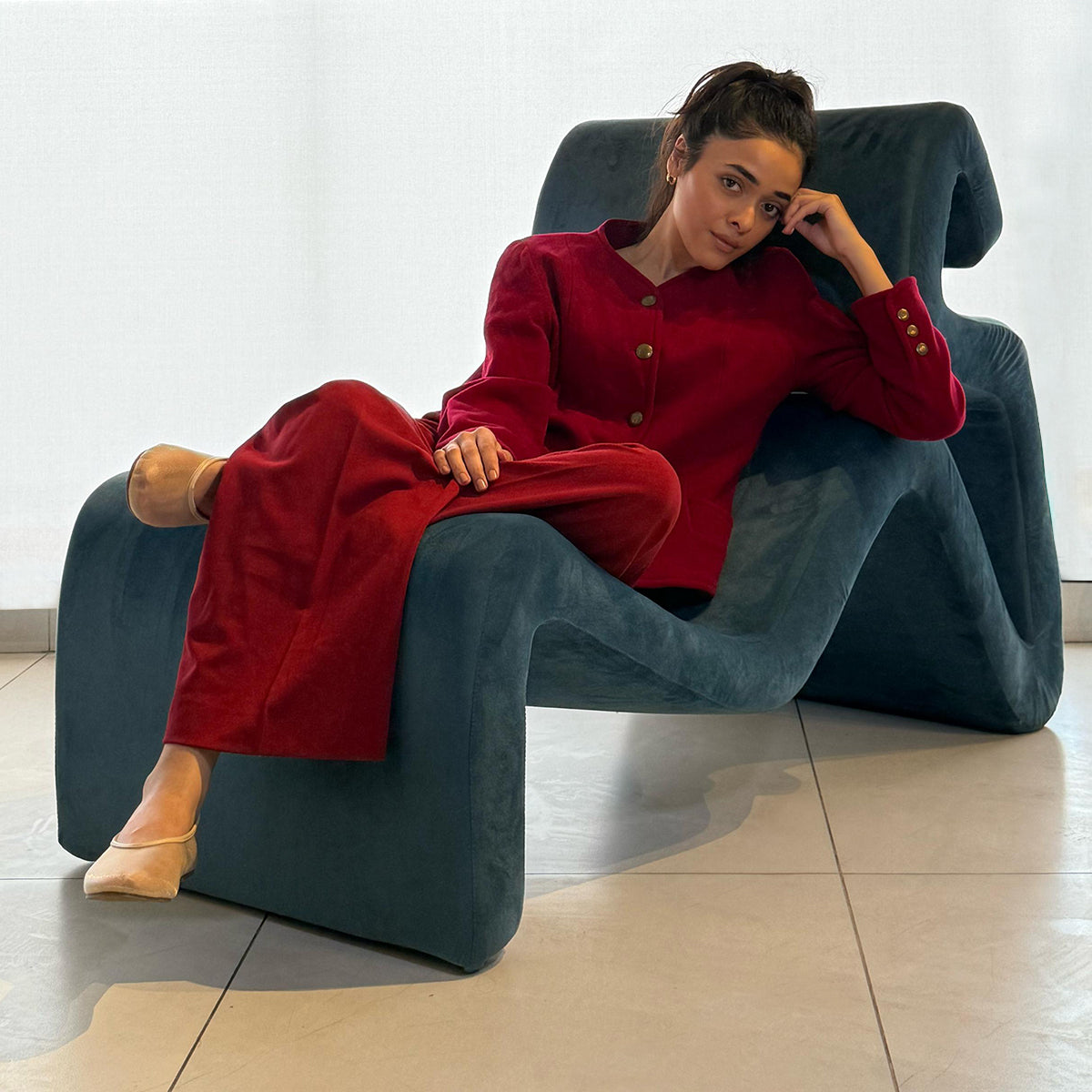
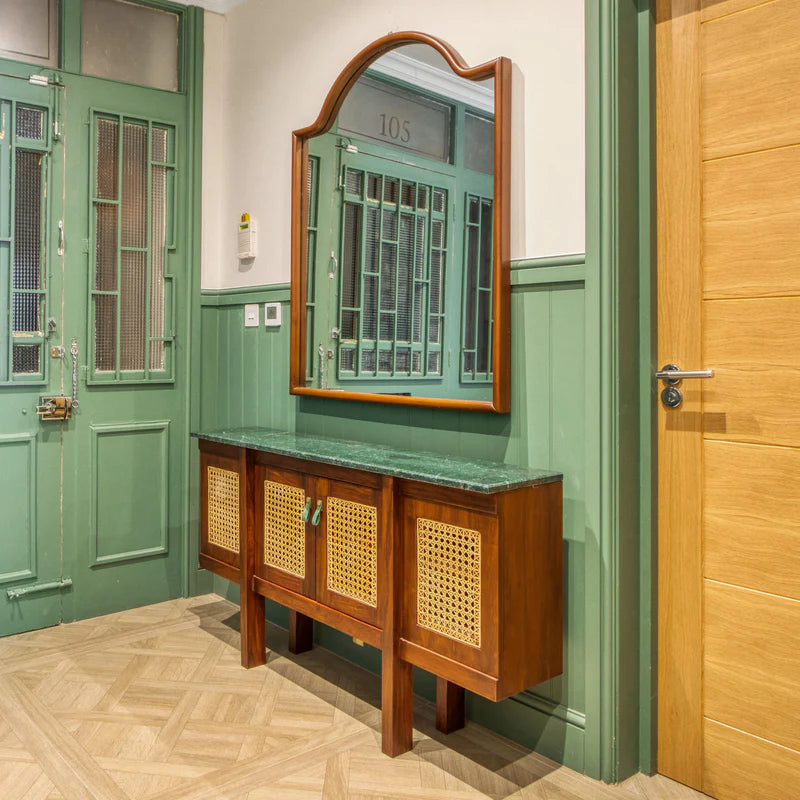
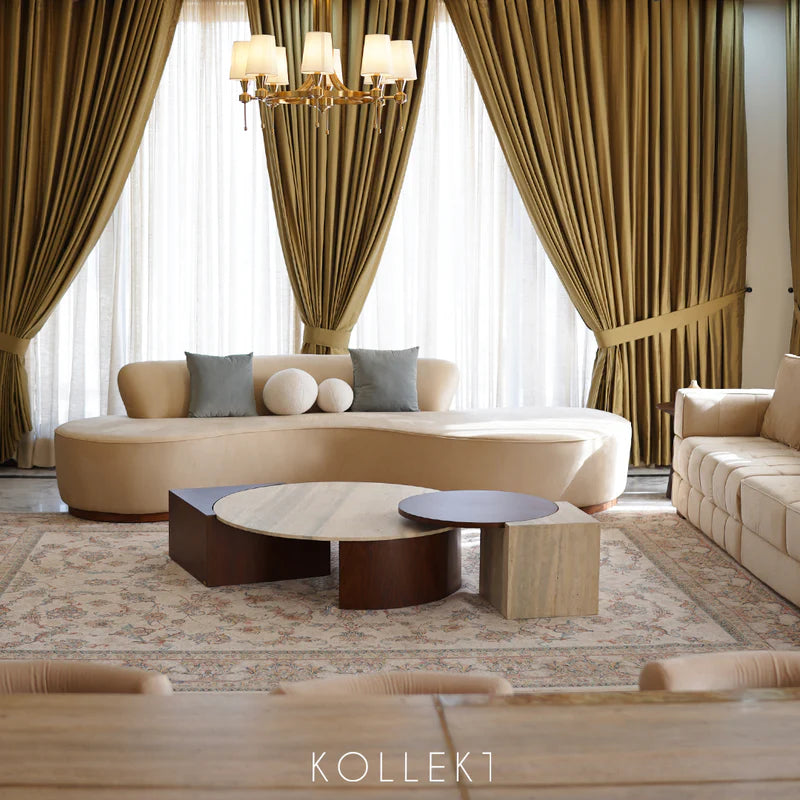
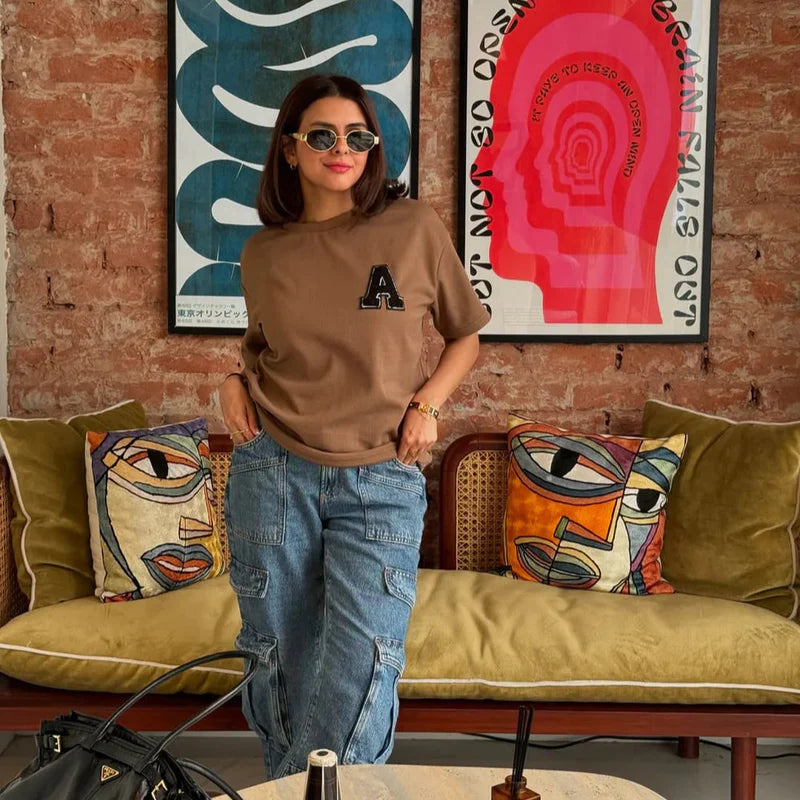
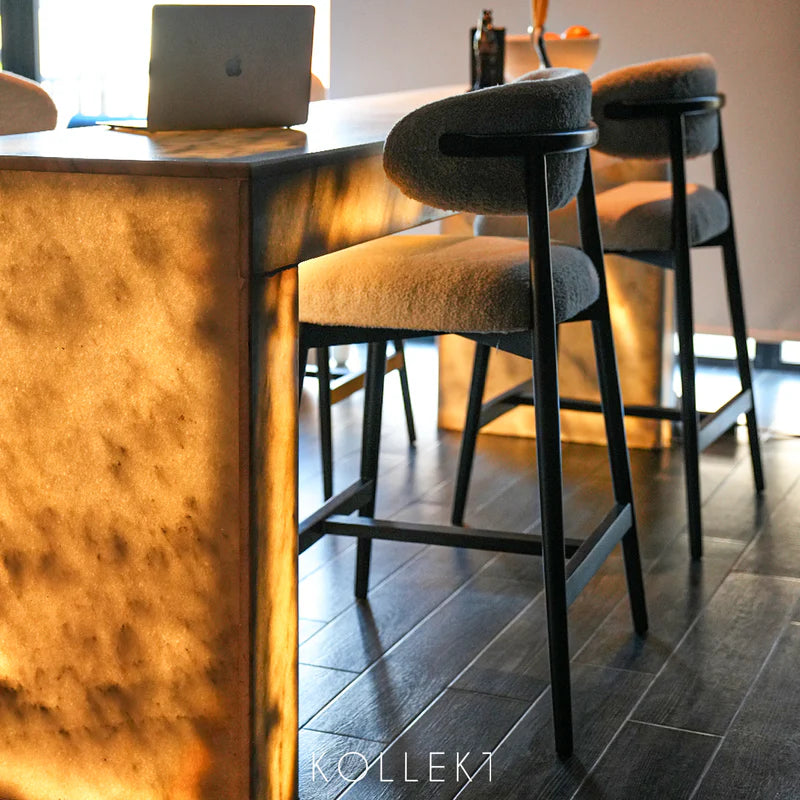
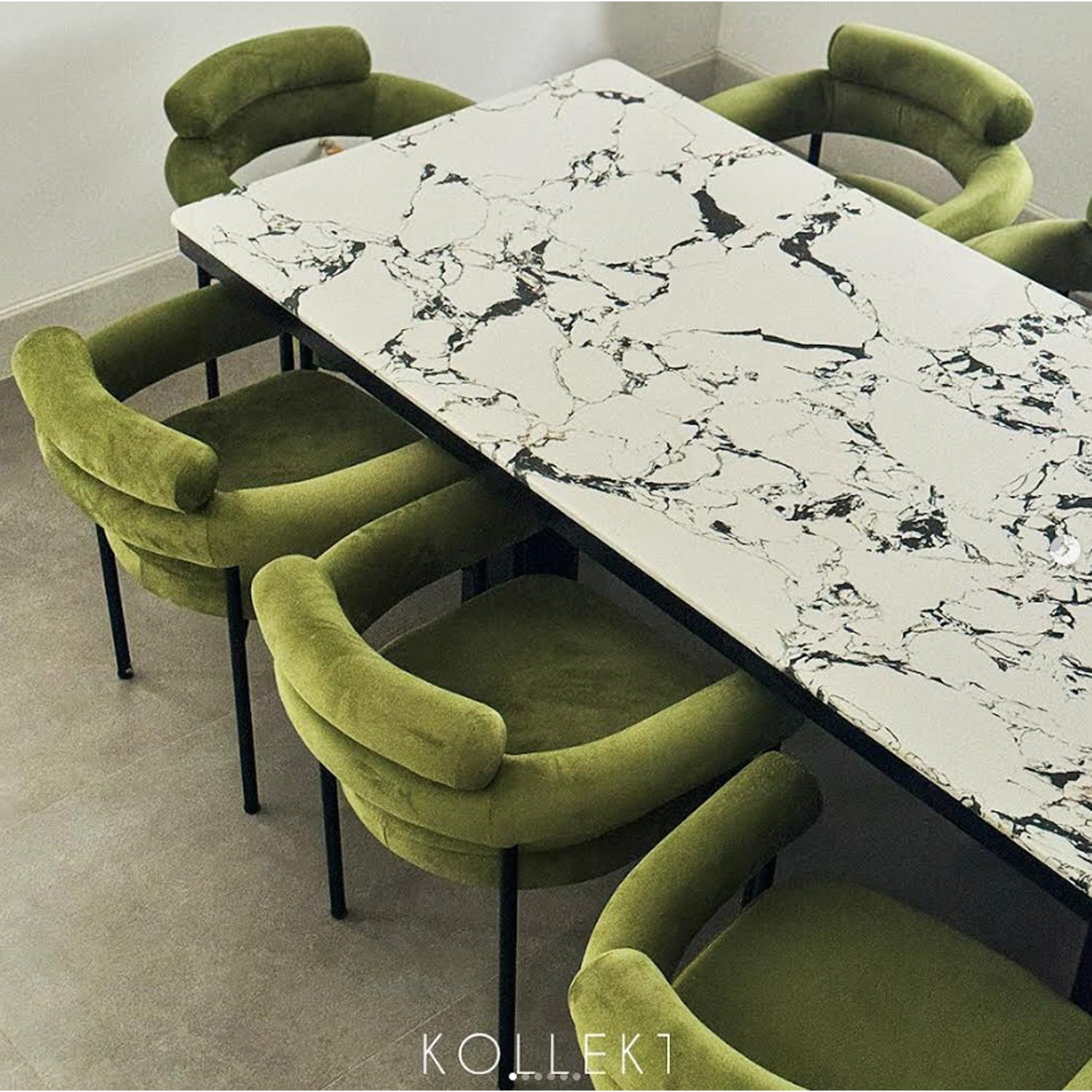
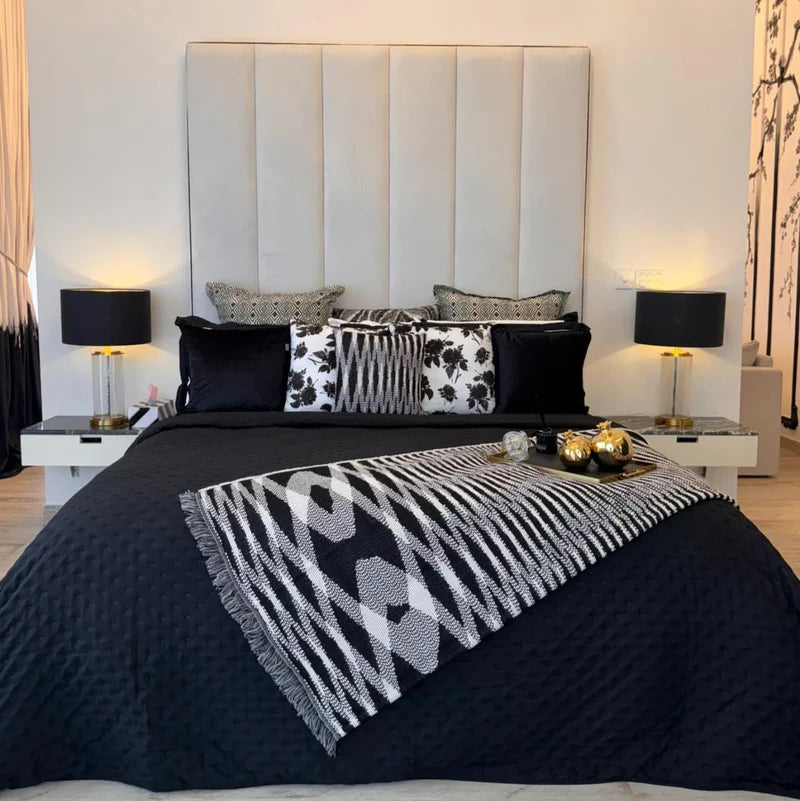
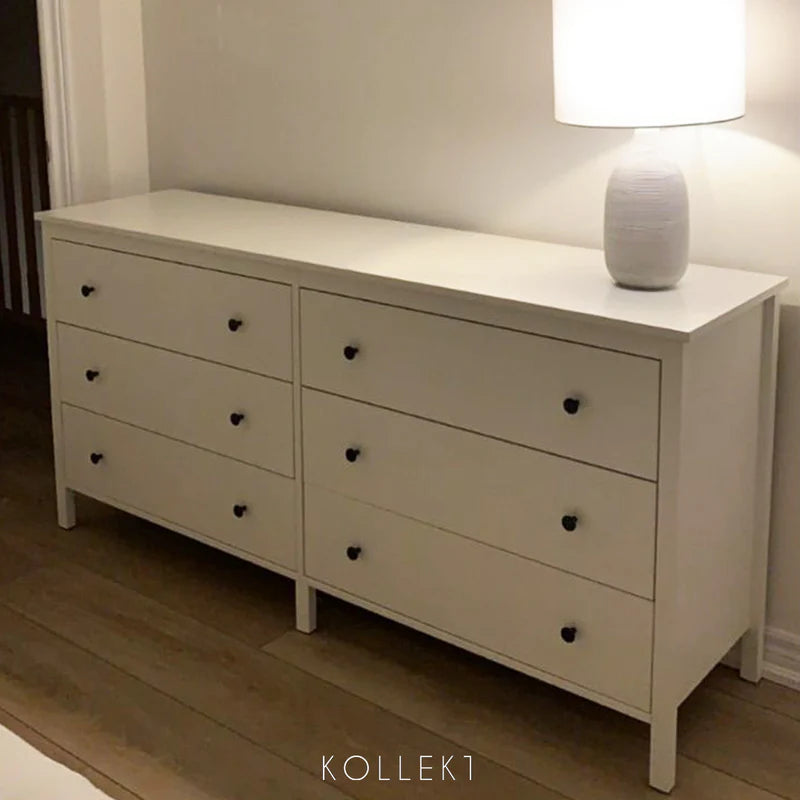
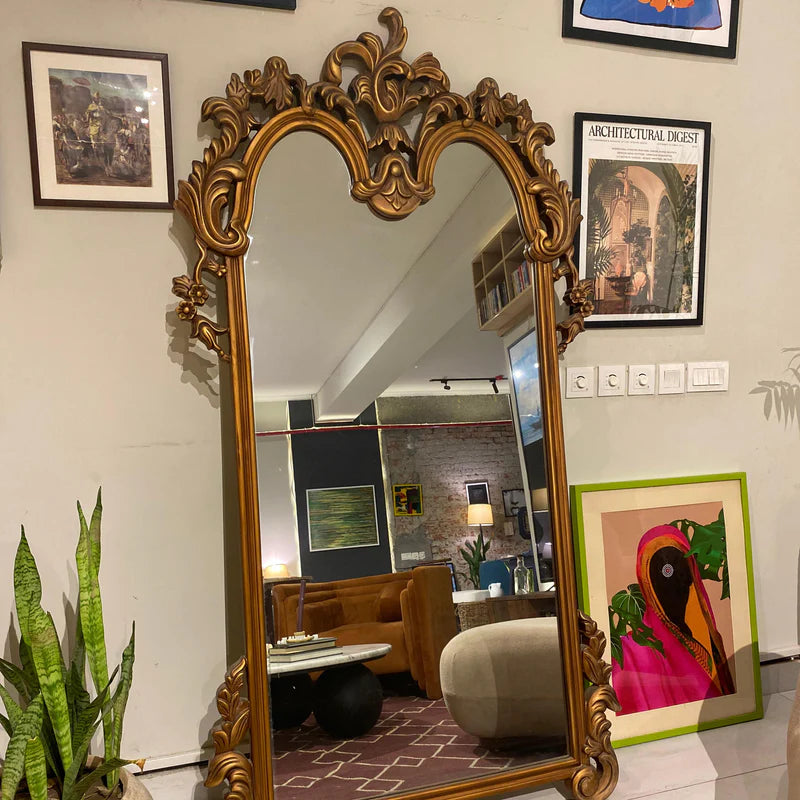
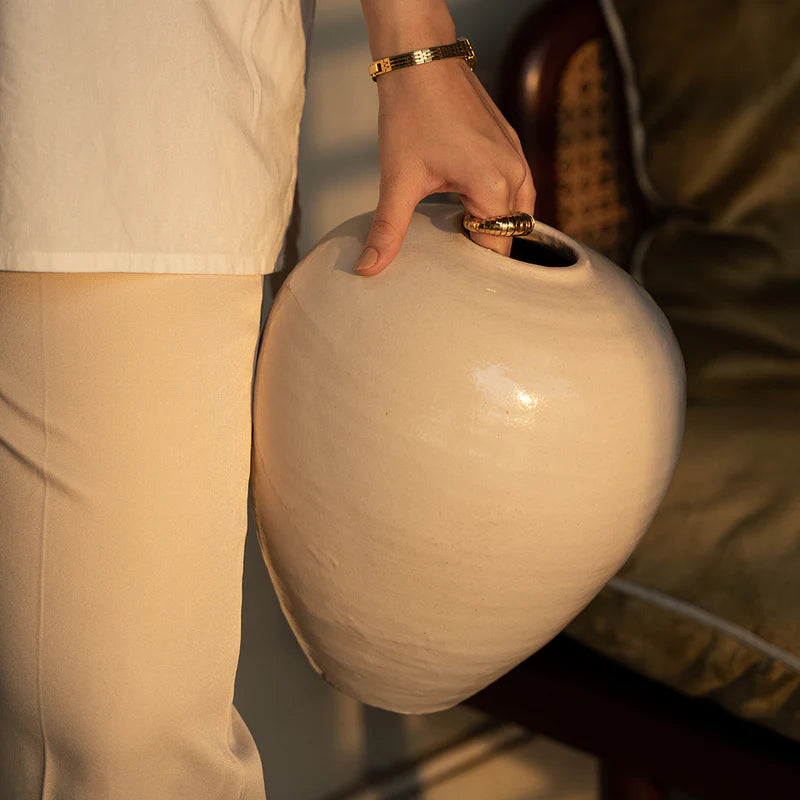
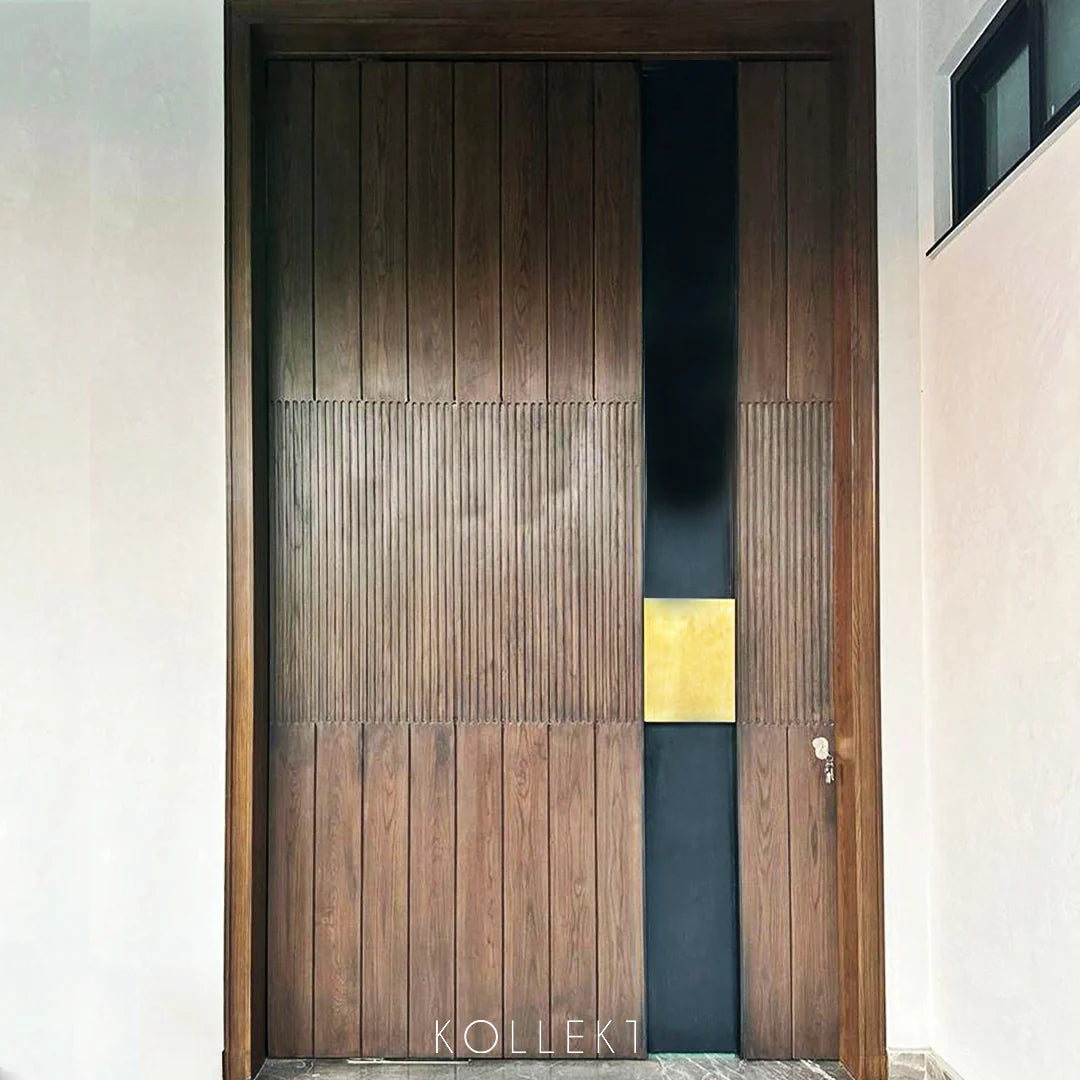
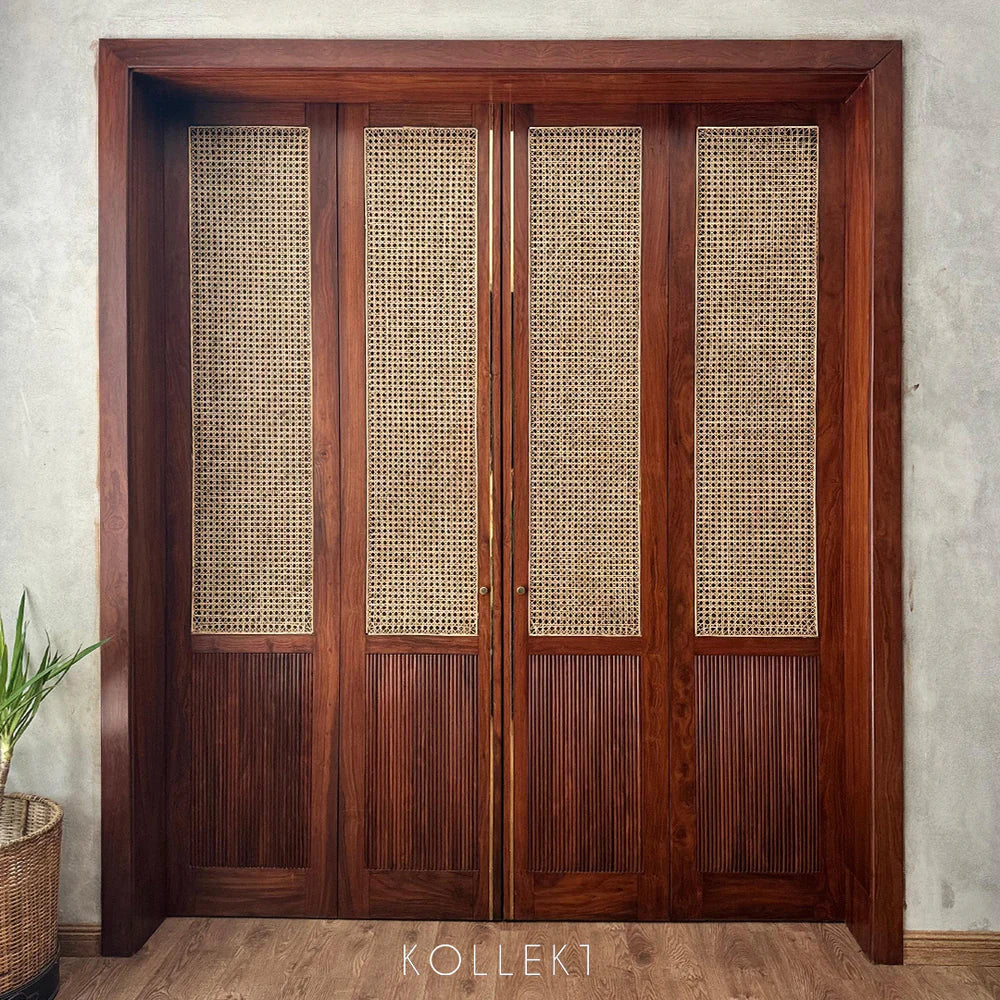
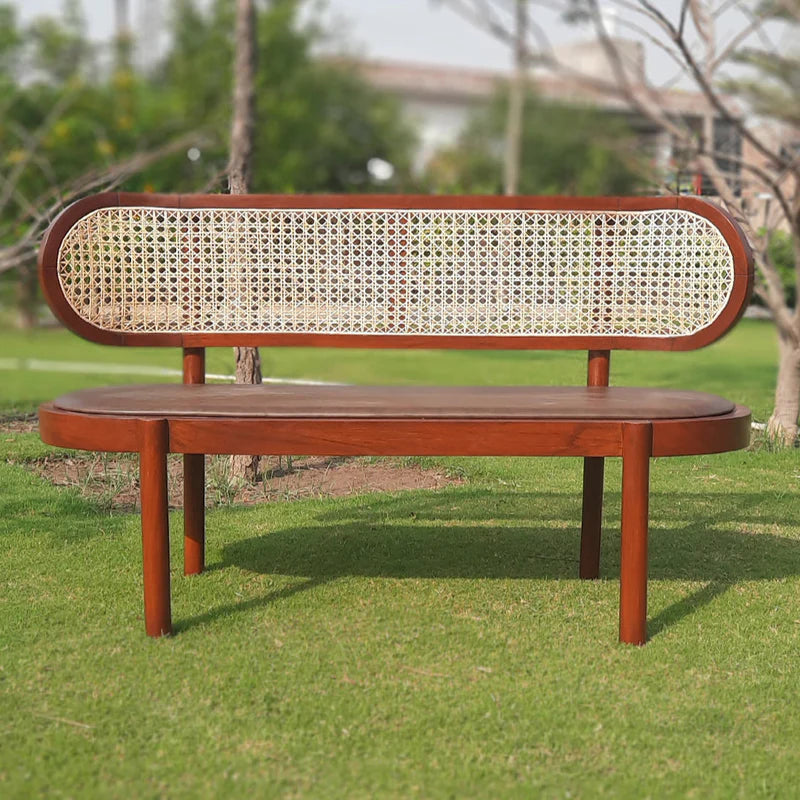
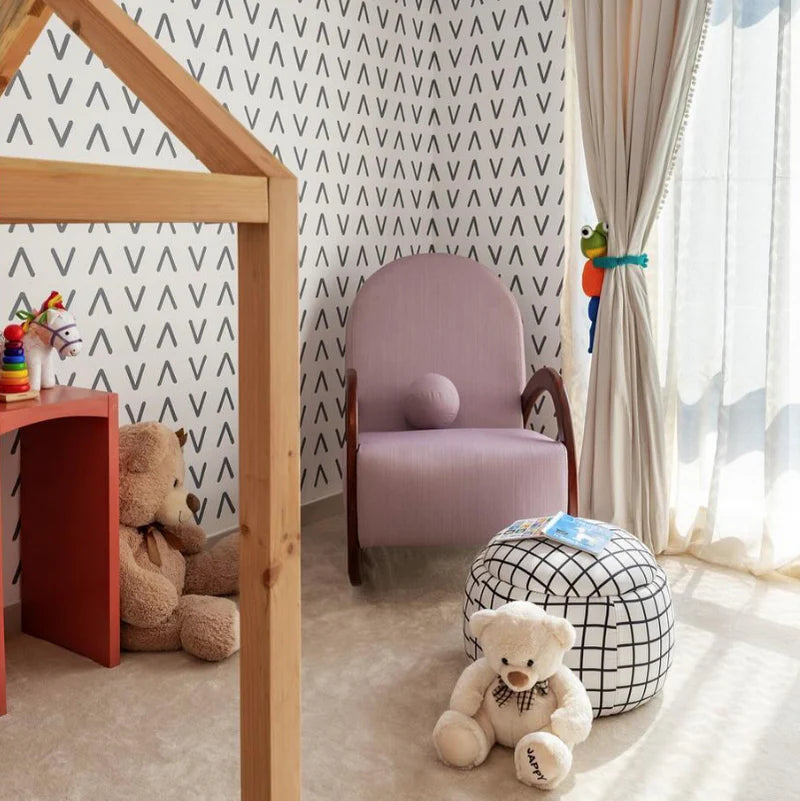
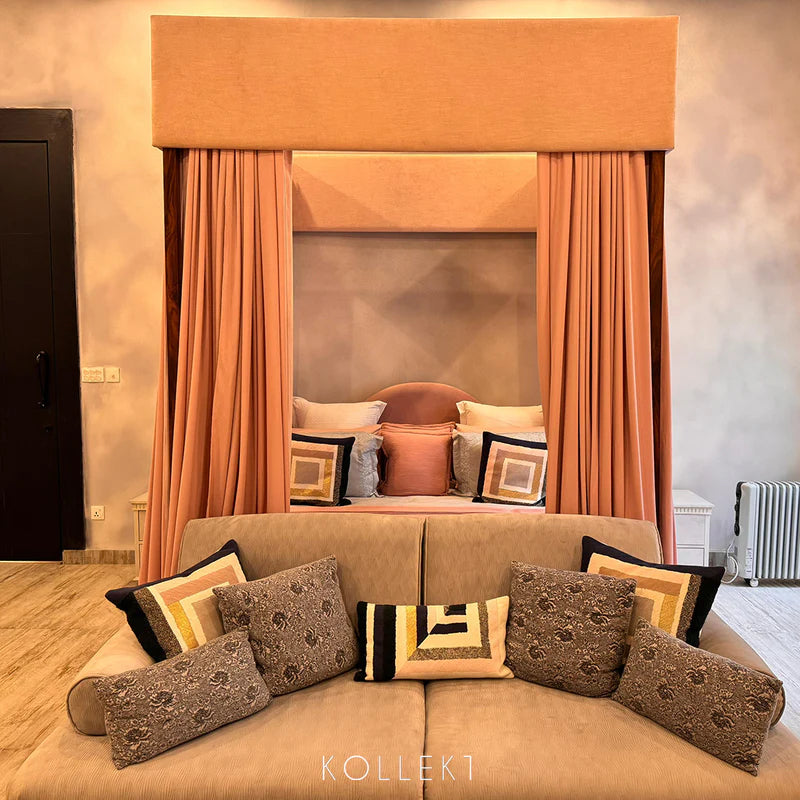
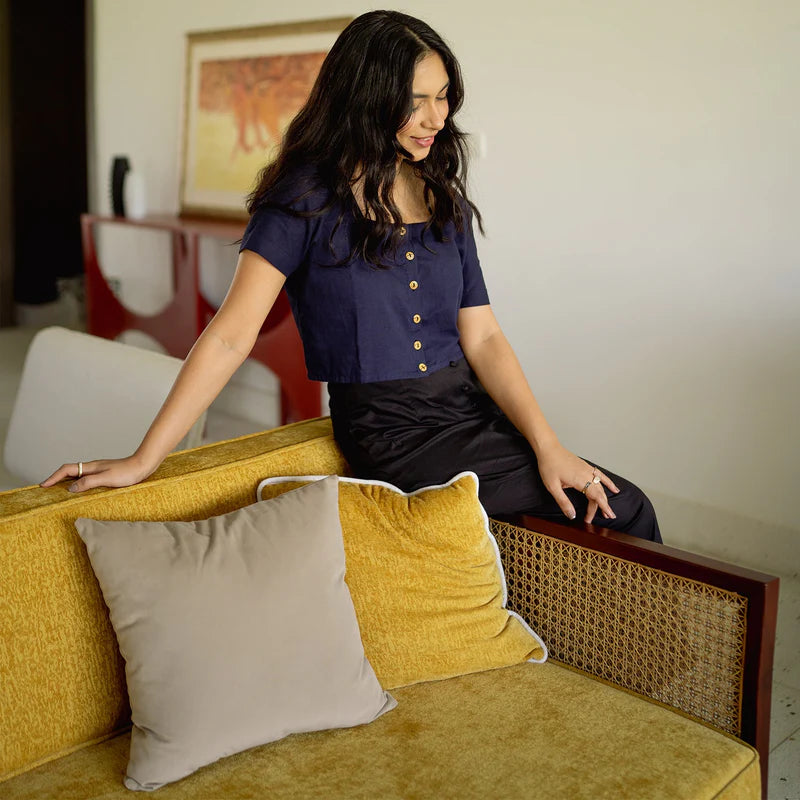
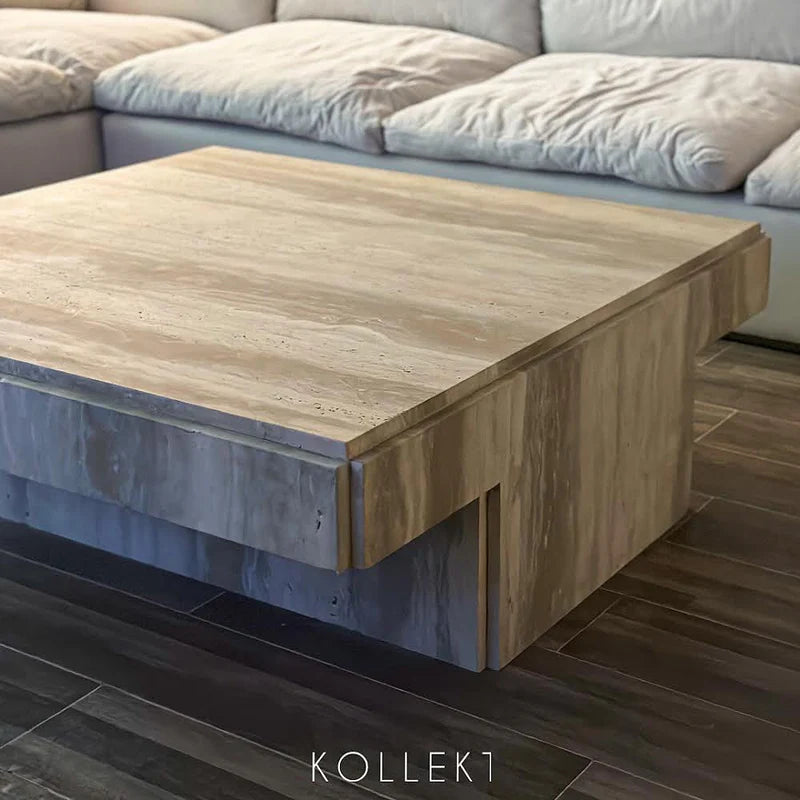
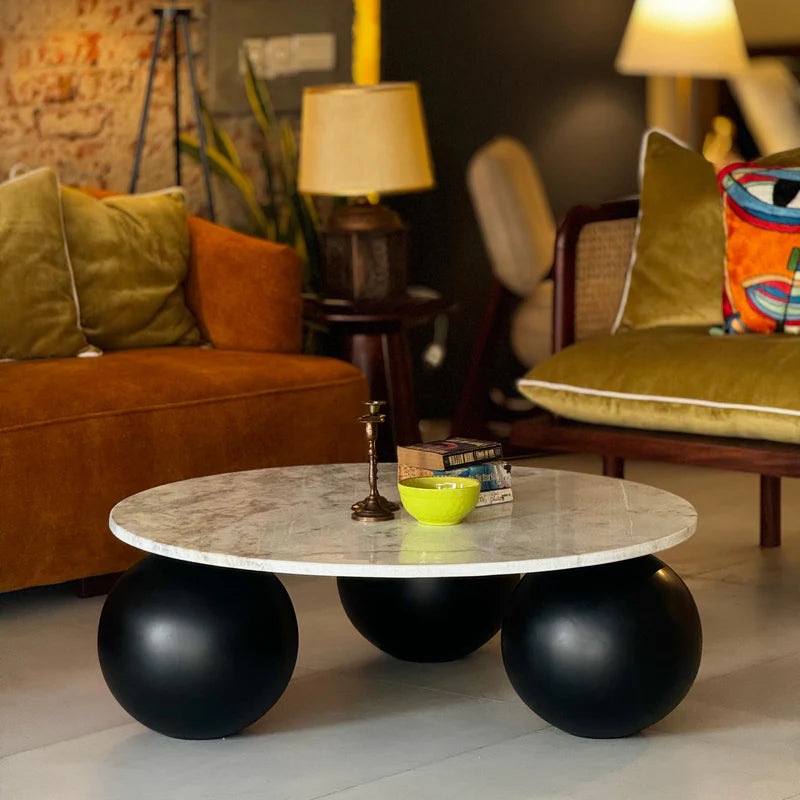
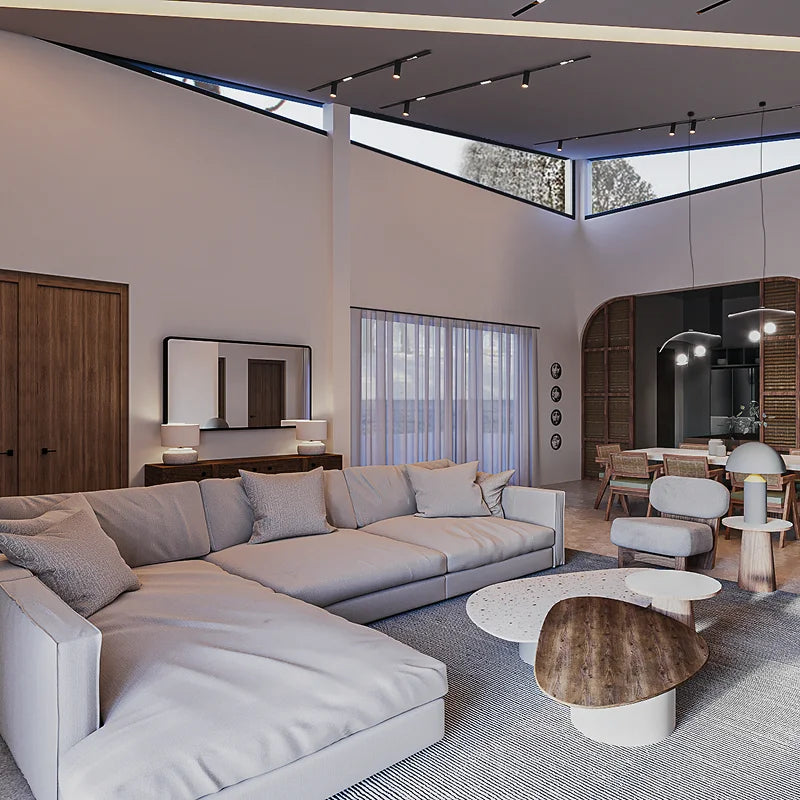
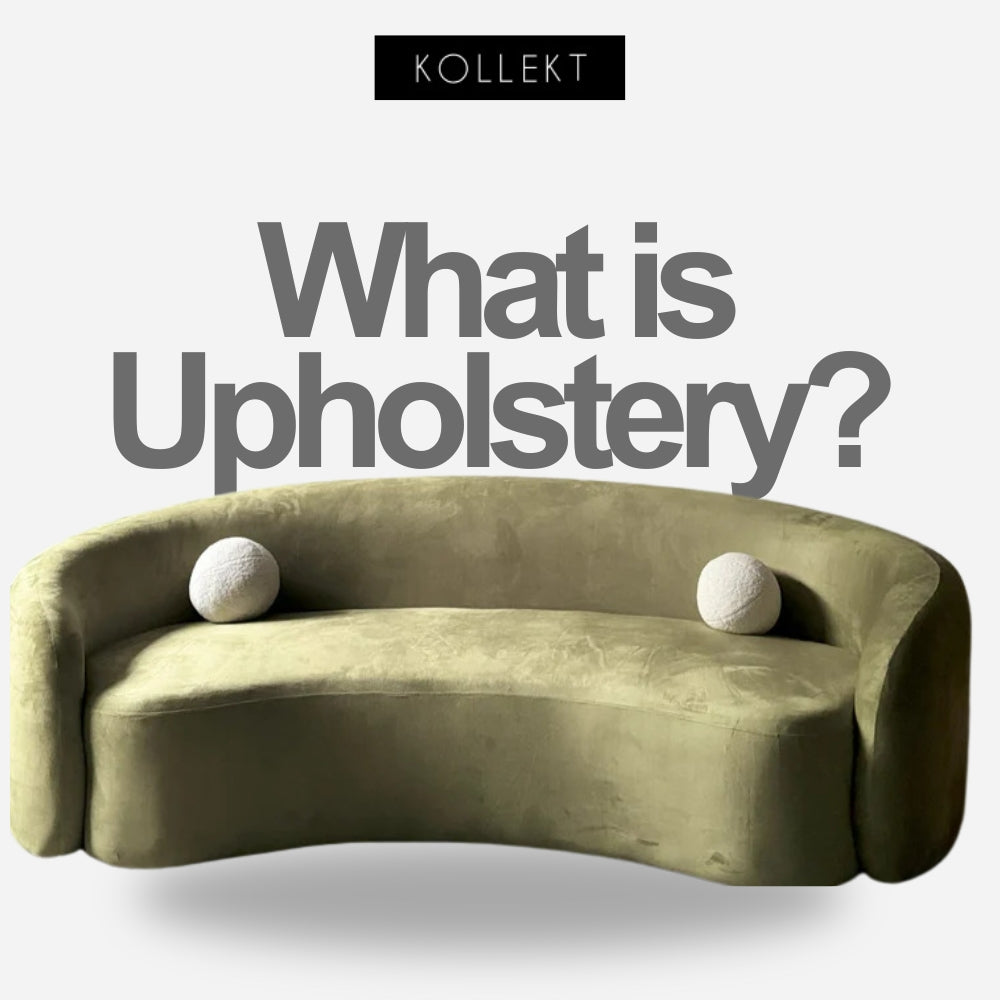

Leave a comment
This site is protected by hCaptcha and the hCaptcha Privacy Policy and Terms of Service apply.